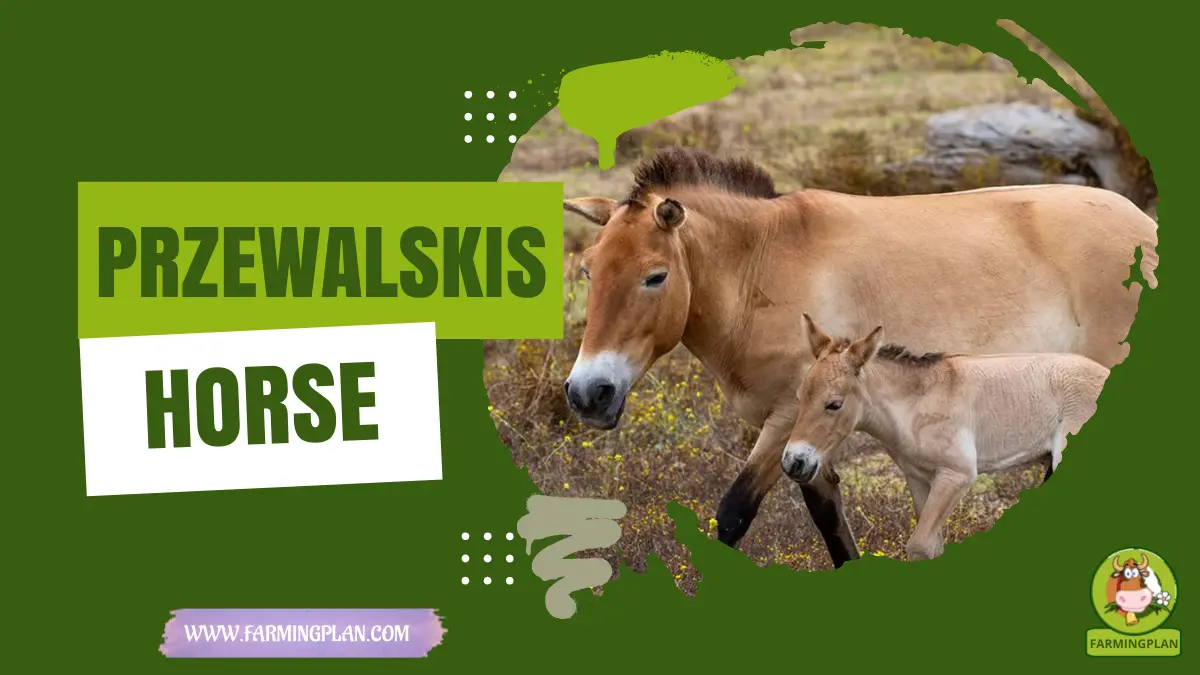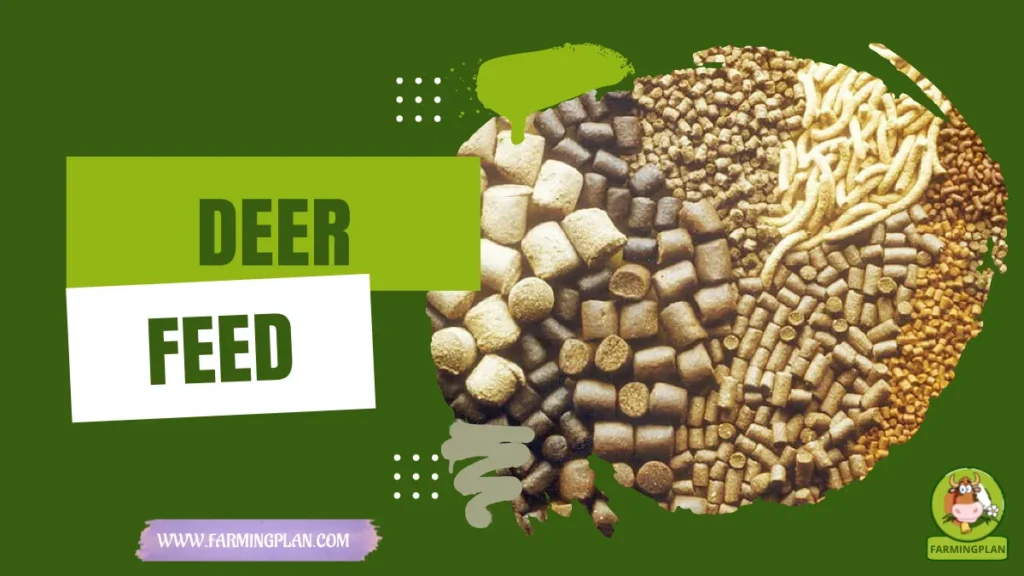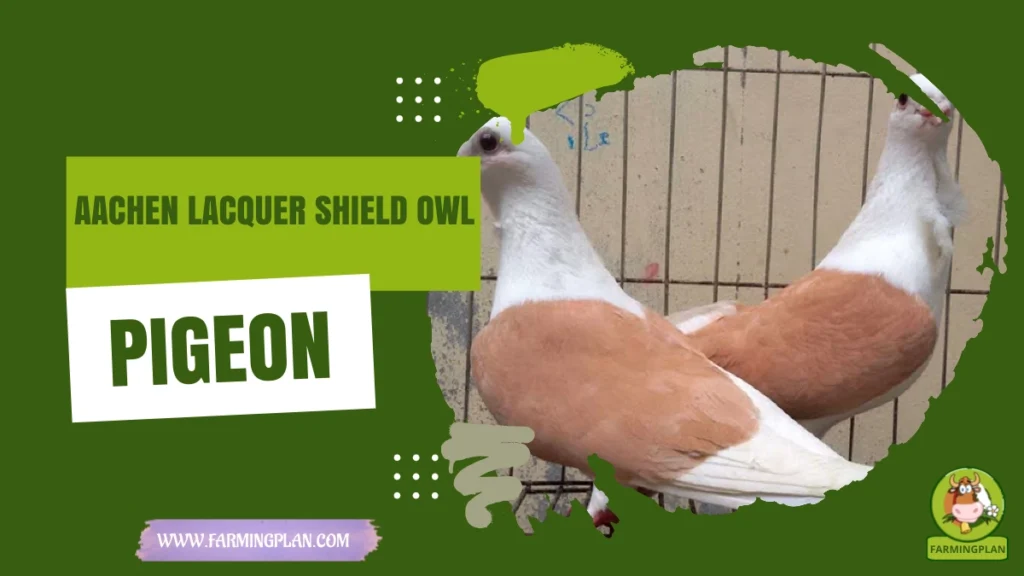Let me tell you about one of the coolest animals I’ve ever worked around—the Przewalski horse. This isn’t your typical stable pony or riding horse. Nope. This is the real-deal, rugged, no-halter-wearing wild horse of Mongolia. These guys are tough, bold, and completely undomesticated. The Przewalski wild horse was once extinct in the wild, but today, thanks to serious conservation efforts and good old science, they’re back roaming their native lands. Whether you’re into horses, wildlife, or just love a good comeback story, you’re gonna want to get to know this wild beauty. Stick around—I’ll walk you through their history, behavior, health care, and even how to help raise them right. Remember, their survival depends on us.

History & Origin of Przewalski Horse
The story of the Przewalski horse goes way back, and trust me, it’s a rollercoaster. These wild horses were named after Russian explorer Nikolay Przhevalsky, who described them back in the late 1800s. They originally roamed across the steppes of Central Asia, especially the Gobi Desert and parts of Mongolia. By the 1960s, they had completely disappeared from the wild. Overhunting, harsh winters, and habitat degradation drove them to extinction in their natural range. Luckily, a few had been kept in European zoos. That tiny group became the backbone of one of the world’s most successful captive breeding programs.
Now, with help from organizations like the San Diego Zoo Wildlife Alliance, Hustai National Park, and the Przewalski’s Horse Species Survival Plan, these horses are back in the wild. It’s a story of hope, grit, and a whole lot of teamwork.
Characteristics: Built for Survival
The Przewalski horse doesn’t look like your average domestic horse—and that’s part of the charm. They’re short, stocky, and incredibly strong. Most stand around 12 to 14 hands high, with thick necks, short legs, and a barrel-shaped body that’s made for endurance. One thing you’ll notice right away? That upright mane—no forelock, no flowing hair, just a stiff brush-like crest. They’ve got a light brown coat with a pale belly and dark legs.
There’s also a distinctive dark stripe running down their spine. That’s called a dorsal stripe, and it’s pretty much a wild horse badge of honor. Unlike domestic breeds, these horses haven’t been selectively bred by humans. That means their traits—like strong hooves and thick skin—are all nature’s doing. They’re truly built to survive the wild.
Read More: Brumby Horse: The Untamed Beauty You Need to Know About
Nature & Temperament: Wild and Wary
Now, let’s talk personality. These horses are not cuddly pasture pals. They’re cautious, independent, and totally wired for survival. Living in the wild or large enclosures, they form small herds or bachelor groups led by a dominant stallion. Social order is a big deal for them. You’ll often see younger males sparring playfully—or sometimes not so playfully—for dominance. And while they aren’t aggressive unless provoked, they definitely like their personal space. From my experience, even when raised in large protected areas, they stay wild at heart. You can observe them, care for them, and protect them—but you’ll never really tame a Przewalski horse.
Food & Diet: What Keeps Them Going
In the wild, Przewalski horses are natural foragers. They graze on tough steppe grasses, herbs, and even bark during harsh winters. Their digestive systems are built to handle dry, fibrous plants most domestic horses wouldn’t touch. When we keep them in captivity or managed reserves, I make sure they get quality hay and plenty of access to clean water. I also add mineral supplements to mimic what they’d get from natural grazing. It’s important to avoid overfeeding or giving them rich grains—they’re not built for that kind of diet. Seasonal feeding is also key. In winter, I bulk up their roughage intake to help them stay warm and healthy.
Usage & Purpose: They Belong to the Wild
You won’t see a Przewalski horse pulling a cart or trotting in a show ring. These horses aren’t bred for work or sport. Their main “job” is much more important—preserving genetic diversity and restoring natural ecosystems. They play a huge role in conservation genetics. Scientists study them to understand ancient horse DNA and how wild populations adapt over time. Zoos, like the San Diego Zoo Safari Park, use them for educational programs and breeding projects that contribute to global conservation. Their ultimate purpose? Thriving in the wild again. And that’s exactly what many are doing today in Khustain Nuruu National Park and other reintroduction sites.
Read More: Essential Camargue Horse Care: Step-by-Step Farming Guide
Special Features: Wild Traits That Wow
What makes the Przewalski horse so unique? First, their genetic makeup. Unlike domestic horses, they have 66 chromosomes—two more than our barnyard friends. That makes them genetically distinct. They’re also crazy resilient. They can survive harsh winters, blazing summers, and scarce water sources. Their strong hooves rarely need trimming, and their thick coats adapt to extreme climates. And let’s not forget their survival story. Brought back from extinction through genetic rescue, they now symbolize what’s possible when science and compassion work together.
Health Issues & Prevention: Keeping Them Strong
Despite their hardiness, Przewalski horses aren’t invincible. One big concern is genetic diseases from inbreeding, especially in small captive populations. That’s why genetic management is critical in any breeding program. I’ve seen hoof problems crop up if they’re not on rough terrain. Digestive upsets can also occur with sudden changes in diet. And stress—especially from confinement—can lead to behavioral issues or immune suppression. So what’s the plan? Keep environments as natural as possible, rotate diets slowly, and do routine health checks. Vaccinations and parasite control are essential, too. Prevention goes a long way when you’re managing a wild species in a controlled space.
Read More: Forest Pony Horse Care – Easy Steps For Happy Ponies
Step-by-Step Przewalski Horse Care Guide
Caring for a Przewalski horse is not just about basic horse knowledge—it’s about understanding and replicating the wild. From creating a safe habitat to understanding their social behavior and unique genetic needs, this guide provides expert-level, practical steps. Whether you’re a conservationist or a dedicated animal caretaker, following these detailed instructions will ensure these rare wild horses stay healthy, thriving, and ready for future reintroduction.
Step 1: Set Up a Safe and Spacious Habitat
Przewalski horses are nomadic by nature. In the wild, they roam up to 300 square kilometers. While replicating that isn’t possible in captivity, you’ll still need a minimum of 5 to 10 acres per small herd to allow for movement, foraging, and healthy herd dynamics. Fencing should be strong, at least 5 feet high, and built without barbed wire. Przewalskis are known to challenge boundaries, especially stallions. High-tensile wire or post-and-rail fencing works best. If possible, use natural barriers like trees, hills, or brush to reduce stress and mimic the feel of a wild environment.
For shelter, I suggest three-sided windbreaks made of wood or steel that open toward the east or southeast—away from prevailing wind and snow. While they’re tough enough to withstand freezing winters, they still benefit from shade and rain protection. Be sure to include natural terrain diversity—sandy patches for rolling, rocky spots for hoof wear, and shallow water or mud areas for cooling down in summer. Recreating the Gobi Desert terrain is ideal: dry, rugged, open land with low vegetation. Przewalski horses thrive when they have options and space to behave naturally.
Step 2: Provide a Wild-Safe Diet
A Przewalski’s diet in the wild includes more than 70 plant species—mostly hardy steppe grasses, roots, and herbs. Their digestive systems are built for low-calorie, fibrous forage, not rich grains or modern feeds. In managed care, offer high-quality grass hay, ideally timothy or brome, with free-choice access throughout the day. Avoid alfalfa—it’s too protein-rich and can upset their gut. Native plants, like feather grass or wild rye, if available, are excellent supplemental forage. Scatter feed across the ground or use slow feeders to mimic grazing behavior and reduce boredom.
Always provide access to clean, unfrozen water. In cold climates, use heated troughs or automatic de-icing systems. Supplement with trace mineral blocks—especially ones rich in zinc, selenium, and copper to support immunity, coat health, and hoof strength. During winter or times of low forage availability, gradually increase hay portions. But steer clear of sudden changes in diet—Przewalski horse can suffer from colic just like domestic horses. Keep salt blocks nearby, and if in doubt, have a vet or equine nutritionist review your feeding plan.
Step 3: Monitor Social Dynamics
Social behavior in Przewalski horses is fascinating—and essential to their well-being. In the wild, they live in harem groups (1 stallion, multiple mares) or bachelor bands (young or non-dominant males). They rely on herd structure for safety, reproduction, and emotional stability. In captivity, I always recommend maintaining natural groupings: either bachelor groups or a small harem of 3–6 horses. Introducing a new horse? Do it gradually and in neutral territory. Let them see and smell each other over a fence before physical contact.
Keep an eye out for dominance behavior—pinned ears, biting, herding, or resource guarding. Minor scuffles are normal, especially among stallions, but consistent aggression is a red flag. Isolate bullies if necessary and observe herd dynamics regularly. Enrichment like logs, dusting areas, and spaced feeding stations help minimize conflict and boredom. And remember—stallions will guard their mares, even in captivity. Keep breeding and non-breeding animals in separate enclosures to avoid stress and accidental pairings. Good social management keeps your herd mentally healthy and mimics natural behavior patterns critical for future reintroduction success.
Step 4: Create a Health Plan
These horses may be wild, but that doesn’t mean they’re low maintenance. Their health depends on consistent, preventive care and smart management. The biggest concerns? Inbreeding, hoof issues, and digestive stress from unnatural environments. Start with a wildlife vet experienced in equine or exotic species. Annual vaccinations should cover tetanus, rabies, and equine influenza. Deworm quarterly using a rotation of broad-spectrum dewormers—but always test fecals first to avoid unnecessary treatments. Hoof care is often overlooked. Wild terrain naturally trims hooves, but in pastures or enclosures, trimming every 8–12 weeks may be needed. Watch for lameness, cracks, or sole bruises—these signs could point to terrain or diet issues.
Keep a detailed logbook for each horse: diet changes, treatments, health checks, and behavior notes. It helps track trends and alerts you early to potential issues. Genetic testing is also critical. Before breeding or acquiring a new horse, screen for heritable diseases and verify genetic diversity. This not only protects your herd—it also supports the entire captive Przewalski horsepopulation.
Step 5: Support Responsible Breeding
Breeding Przewalski horses isn’t just a reproductive act—it’s a conservation responsibility. With only around 2,000 individuals globally, maintaining genetic diversity is absolutely critical. That’s why every breeding decision must be carefully planned and data-driven. Start by connecting with an approved Species Survival Plan (SSP) or European Endangered Species Programme (EEP). These programs provide pairing recommendations based on genetic maps and population needs. Breeding outside of these guidelines can damage global efforts.
Before you pair horses, test for genetic compatibility to avoid line breeding. Limit each stallion’s use in the population to prevent bottlenecks. Document every mating, birth, and health outcome. Share data with global registries like the Zoological Information Management System (ZIMS). Avoid back-to-back pregnancies—mares need recovery time. And always prioritize health and temperament over speed or numbers. If foals are destined for reintroduction, they must be raised in socially stable environments, ideally with minimal human interference. Responsible breeding isn’t about producing more—it’s about preserving what’s left. Done right, your efforts can directly contribute to rewilding projects in Mongolia and beyond.
Every Wild Horse Has A Story—But The Przewalski’s Comeback Is A Legend In The Making.
Expert Tips & Best Practices
- Tips: Always Monitor Herd Hierarchy—It Helps Prevent Fights And Injuries.
- Use open, natural space—not small paddocks.
- Mimic wild grazing as much as possible.
- Stay involved with conservation groups for up-to-date guidelines.
- Handle gently and minimally—these are not show ponies.
FAQ
Are Przewalski horses extinct in the wild?
Not anymore! Thanks to reintroduction efforts, they now roam free in parts of Mongolia and reserves across Europe.
Can you ride a Przewalski horse?
Nope. They aren’t domesticated and don’t respond well to human training or riding.
How are Przewalski horses different from domestic horses?
They have different genetics (66 chromosomes), a stockier build, upright manes, and wild instincts.
What do they eat?
They graze on tough grasses, herbs, and bark. In captivity, we feed them hay and minerals.
Where can I see a Przewalski horse?
You can visit places like San Diego Zoo Safari Park or Hustai National Park in Mongolia.
Conclusion
Rugged, rare, and downright legendary—the Przewalski horse isn’t just a species. It’s a symbol of resilience. From total extinction in the wild to galloping across Mongolian plains once again, their journey reminds us why conservation matters. Whether you’re managing a sanctuary, supporting a zoo, or just curious about wild horses, this creature teaches us a lot about nature’s grit and the power of care.


